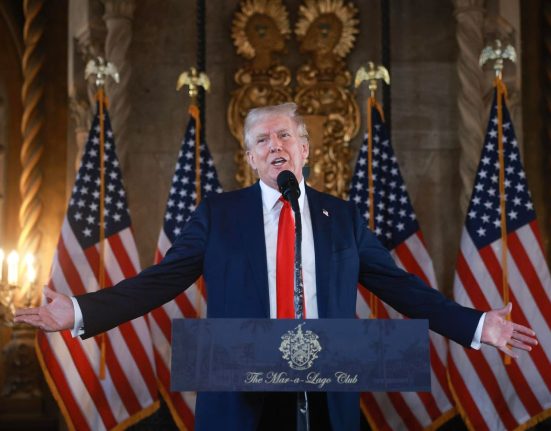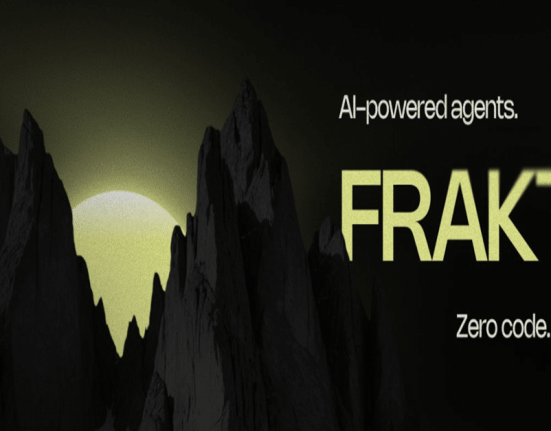Emin Gun Sirer, chief executive officer of Ava Labs, spoke at the Cornell Blockchain Conference … More
On April 25, 2025, the Cornell Blockchain Conference at Cornell Tech’s Verizon Center in New York City spotlighted a growing convergence between academic rigor, institutional credibility, and a maturing blockchain industry. What emerged was not just a conversation about scaling technology—but about scaling trust, regulation, and the next wave of entrepreneurs. Abhishek Bhattacharya, the President of Blockchain at Cornell Tech, had the honor of moderating the featured panel on the main stage that included leaders from Ava Labs.
Ava Labs: Scaling Blockchain from NYC for Global Infrastructure
Emin Gün Sirer, founder and CEO of Ava Labs, shared a sweeping technological vision centered on building for real-world adoption. From his roots as a Cornell computer science professor to pioneering Avalanche’s consensus model, Sirer positioned Ava Labs as a company ready to meet global demands from its base in New York City.
Sirer began by tracing the evolution of blockchain from Bitcoin’s original design and highlighting the two foundational pillars that guided Ava Labs in building its platform. “We didn’t know how to build blockchains that scale,” Sirer said. “One of the first things we did at our labs was develop the world’s fastest consensus protocol—so that a group of nodes operating in unison could act together as fast as possible, at the speed of light.” The second pillar, he explained, was the concept of a network of networks. Sirer emphasized that Ava Labs was the first in the space to demonstrate this architectural approach.
“Every single use case deserves its own chain,” he argued. “Some might be able to share infrastructure, but most have unique demands—and for that, they need a chain that operates according to its own rule set, its own technical specifications, and its own roadmap.”
Sirer also highlighted the role of blockchain in gaming through the launch of “Off The Grid”, a next-generation battle royale game where players can collect in-game assets—such as the arms and legs of defeated opponents—as NFTs. The audience chuckled as the legendary computer science professor described the game mechanics, but his point was clear: blockchain is becoming so seamlessly embedded in user experiences that players may not even realize they’re interacting with decentralized technology. In Off The Grid, those body parts are actually NFTs minted on the Avalanche blockchain, demonstrating how ownership and gameplay can be merged without disrupting user immersion.
Where Regulation Meets Innovation of Emerging Technology
John Wu, President of Ava Labs, and a Cornell alum (as well as a Harvard MBA grad) framed Ava’s strategy as one bridging traditional finance and decentralized systems. With experience in hedge funds and venture investing, Wu’s insights connected the capital markets’ language with blockchain’s potential as financial infrastructure.
“We were huge risk-takers in technology, but very conservative when it came to regulation,” Wu said during a fireside chat. “In a weird way, the coming wave of regulation favors the builders who’ve already aligned with those standards.”
Katherine Kirkpatrick Bos, General Counsel at StarkWare, was on a regulatory panel earlier discussing the importance of a crypto general counsel as strategic business partner given the near-constant material shifts in the regulatory environment, and expecting continued focus on stablecoins, tokenization, and payments.
Regarding Wu highlighting a conservative approach to compliance and regulation while being risk-takers with technology, Bos said, “the best crypto companies know that legal and regulatory strategy is key. In many ways, the industry is under a microscope, and lawyers in crypto add value by working alongside product teams and developing a proactive strategy for compliance and regulation.”
Having just met with over 15 U.S. Senators and Representatives in Washington, Wu said he expects significant movement on stablecoin and market structure legislation before year’s end. His broader message: blockchain isn’t just evolving—it’s institutionalizing.
Wu predicted by the end of this year there would be a stablecoin and market structure legislation in the U.S., and it couldn’t come soon enough. Bos agreed, saying “crypto has long been seeking reasonable regulation, and the likely passage of a stablecoin bill is a great first step.”
Student Builders Step into the Spotlight: IC3 as the Launchpad
Ari Juels, Chief Scientist at Chainlink Labs and a professor at Cornell Tech, kicked off a student-led pitch competition at the end of the day capturing the energy and excitement of fresh minds working in the space. The Initiative for Cryptocurrencies and Contracts (IC3), which Juels is a co-founder of and co-directs, served not only as the intellectual framework for industry giants like Avalanche—but now also as a launchpad for student-led ventures.
One innovative project idea was Prinx, a blockchain-based “Robinhood for IPOs” that democratizes access to late-stage private equity. Co-founders Brendan McShane and Patrick Sullivan presented their tokenized pre-IPO exchange to a professional crowd eager for fresh ideas. McShane said, “Our mission is to bring late-stage private equity to the masses. Through Ari Juels’ class, we were able to bring Prinx to life.”
Another innovation idea came from a project dubbed BitGPT. Lia Müller, founding partner of BitGPT, introduced to the crowd a fiat-crypto native payment system using the once-abandoned HTTP 402 gateway—enabling micropayments between machine agents “This is the next evolution,” Müller said. “We’re moving from human invoices to machine-initiated micropayments, just as we once moved from mail to email. The rails are being laid for what’s next.”
Conclusion: Building the Blockchain Future, With Eyes on Regulation
What distinguished this year’s Cornell Blockchain Conference wasn’t just the prominence of speakers like Sirer, Wu, Bos, and Juels—but the way their narratives converged. Whether discussing throughput, legal compliance, financial market integration, or student-led experimentation, one theme was constant: The blockchain industry is stepping into maturity.
From the halls of Congress to university classrooms, builders are aligning with standards, not avoiding them. And that, more than any hype cycle or price movement, may be the real signal that Web3 is here to stay.
Disclosure: I am a graduate of Cornell University’s College of Arts and Sciences. I do not own any AVAX tokens or equity in Ava Labs or the companies mentioned.







